Как искать в Pubmed
Advanced. В строке поиска:
“di Salvo M"[au] 2019[dp] позволяет найти статью этого автора, вышедшую в указанном году.
Можно задать Ivanov[1au] - 1й автор
2016:2020[dp] - период выхода статьи
Pribnow[ti] - название статьи включает Pribnow (то же, что -10 сигнал для сигма фактора РНК полимеразы)
ORI Finder[tiab] - поиск в названии и в abstract. Работают кавычки для выражений "RNA polymerase" не то, что RNA polymerase
Больше можно найти в Advanced
Filters полезно использовать Free full text Review publication date 5 - последние пять лет, но некоторые базовые вещи придумали сильно раньше
Вот что нашёл
Сервисы для поиска промоторов https://www.researchgate.net/post/How_to_predict_the_transcription_start_site_in_bacteria_if_the_ORF_is_already_known
Lyudmil Antonov's May 9, 2023
answer was marked as the best answer Predicting the transcription start site (TSS) in bacteria is a challenging task because there is no universal prokaryote transcription initiation DNA motif ³.
However, some common features can be used to identify potential TSSs, such as:
- The presence of a Pribnow box (TATAAT) 10 base pairs upstream of the TSS and a conserved sequence (TTGACA) 35 base pairs upstream of the TSS. These are the binding sites for the sigma-70 factor that recruits RNA polymerase to initiate transcription ².
- The presence of a ribosome binding site (RBS) or Shine-Dalgarno sequence (AGGAGG) a few base pairs upstream of the start codon. This is the binding site for the 16S rRNA of the ribosome that initiates translation ².
- The presence of a start codon (ATG, GTG, or TTG) that encodes for methionine or valine as the first amino acid of the protein ². There are some tools available online that can help you to predict TSSs in bacteria based on these features and other criteria, such as:
- PePPER: a webserver for prediction of prokaryote promoter elements and regulons ². This tool allows you to input a DNA sequence and search for potential promoters and TSSs using a combination of PWMs, SVMs, and distance models. You can also compare your results with existing regulon data from different databases.
- BPROM: a bacterial promoter prediction program . This tool allows you to input a DNA sequence and search for potential promoters and TSSs using PWMs and statistical models. You can also select different sigma factors and species-specific parameters to improve your predictions.
- TSSAR: an automated tool to annotate TSSs in prokaryotic genomes . This tool allows you to input a genome sequence and search for potential TSSs using RNA-seq data and machine learning algorithms. You can also visualize your results on a genome browser and download them in different formats.
(1) Identification of Translation Start Sites in Bacterial Genomes. https://pubmed.ncbi.nlm.nih.gov/33765270/.
(2) PePPER: a webserver for prediction of prokaryote promoter elements and .... https://bmcgenomics.biomedcentral.com/articles/10.1186/1471-2164-13-299.
(3) Improved prediction of bacterial transcription start sites .... https://academic.oup.com/bioinformatics/article/22/2/142/424439. The consensus -10 region of a bacterial promoter is TATAAT ¹. However, the distance between the -10 region and the TSS is not always 6-7 bp. It can vary from 3 to 12 bp depending on the promoter class and the sigma factor involved ². For example, for sigma-70 promoters, the distance is usually 7 bp, but for sigma-28 promoters, it can be as short as 3 bp ².
The nucleotide at the TSS is not always G either. It can be any of the four bases, but G and A are more common than C and T ³. The frequency of each base at the TSS depends on the promoter class and the sigma factor involved as well ³. For example, for sigma-70 promoters, G is the most frequent base (about 60%), followed by A (about 30%), C (about 7%), and T (about 3%) ³.
(1) Addgene: Promoters. https://www.addgene.org/mol-bio-reference/promoters/.
(2) bTSSfinder: a novel tool for the prediction of promoters in .... https://academic.oup.com/bioinformatics/article/33/3/334/2584478.
(3) Genome-wide determination of transcription start sites reveals new .... https://pubmed.ncbi.nlm.nih.gov/28412515/.
2. Участок инициации репликации oriC у бактерий и архей
- Ori-Finder 2022
A Comprehensive Web Server for Prediction and Analysis of Bacterial Replication Origins https://tubic.org/Ori-Finder2022/public/index.php/register
- DoriC 12.0 : an updated database of replication origins in both complete and draft prokaryotic genomes
http://origin.tubic.org/doric/
3. Rho – независимая терминация транскрипции у прокариот
Сложная шпилька мРНК web service: http://rssf.i2bc.paris-saclay.fr/toolbox/arnold/


 2025
2025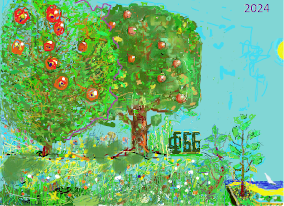 2024
2024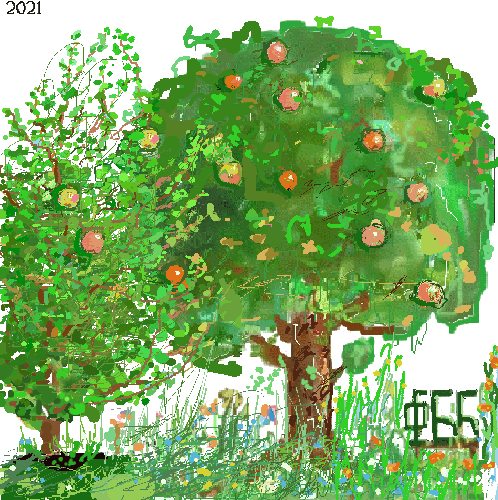 2022
2022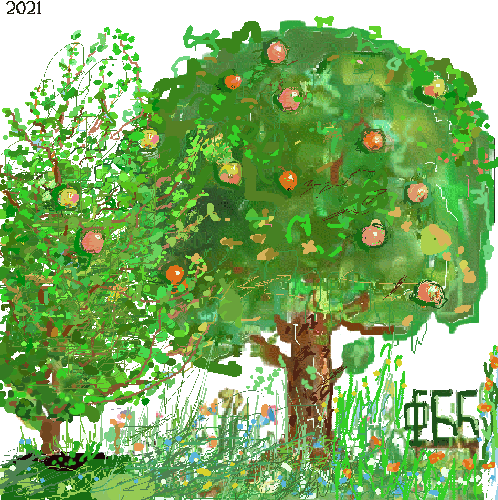 2021
2021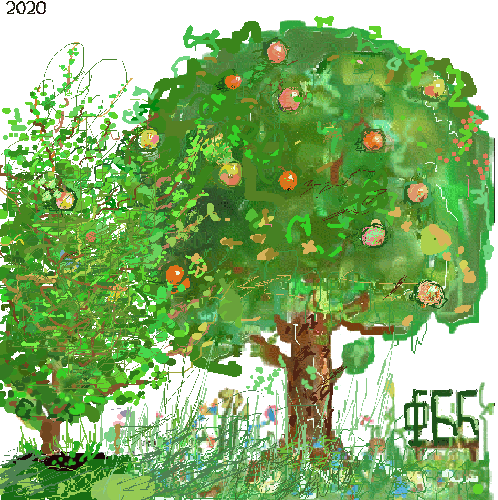 2020
2020
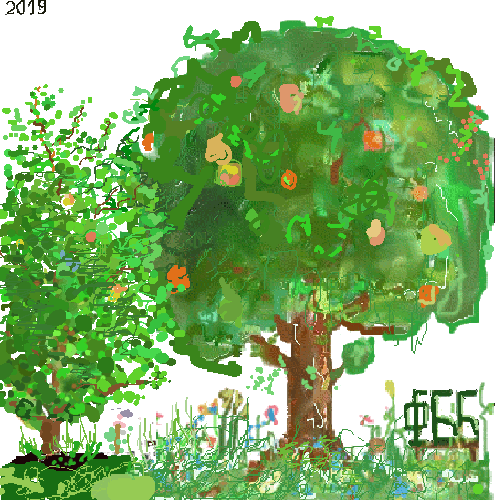 2019
2019 2018
2018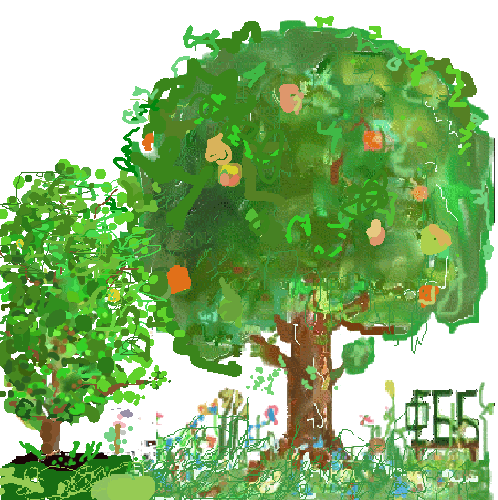 2017
2017